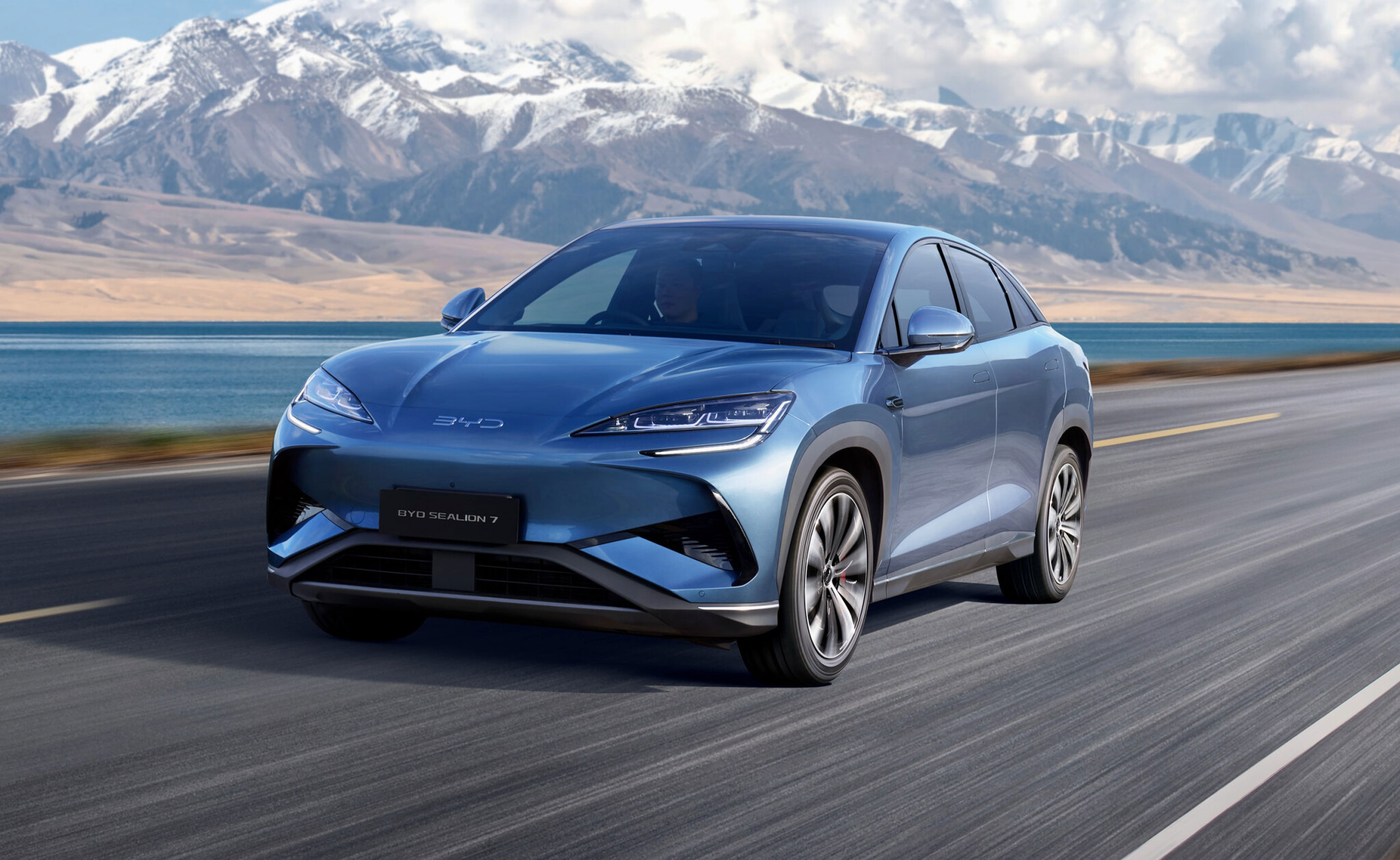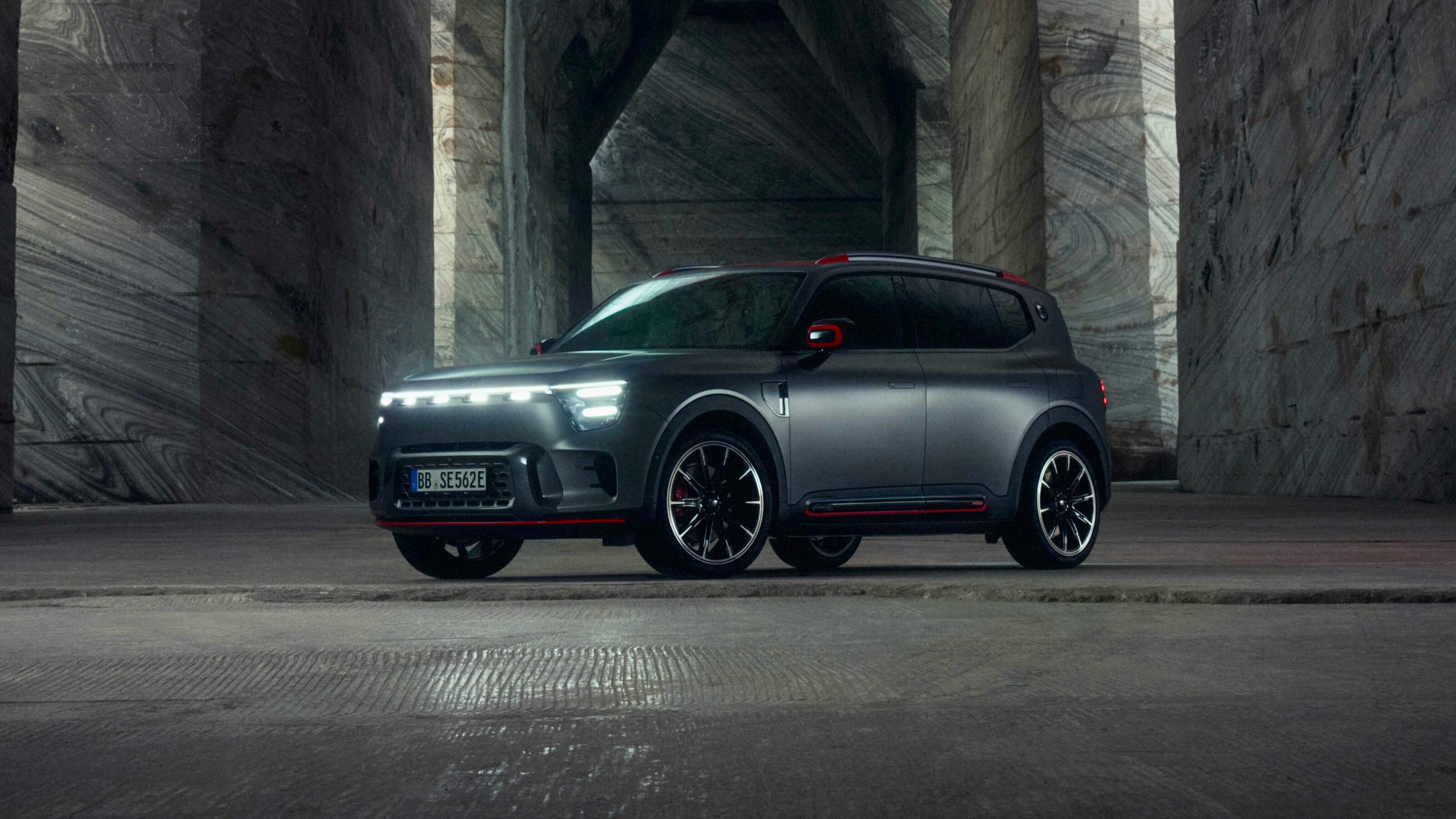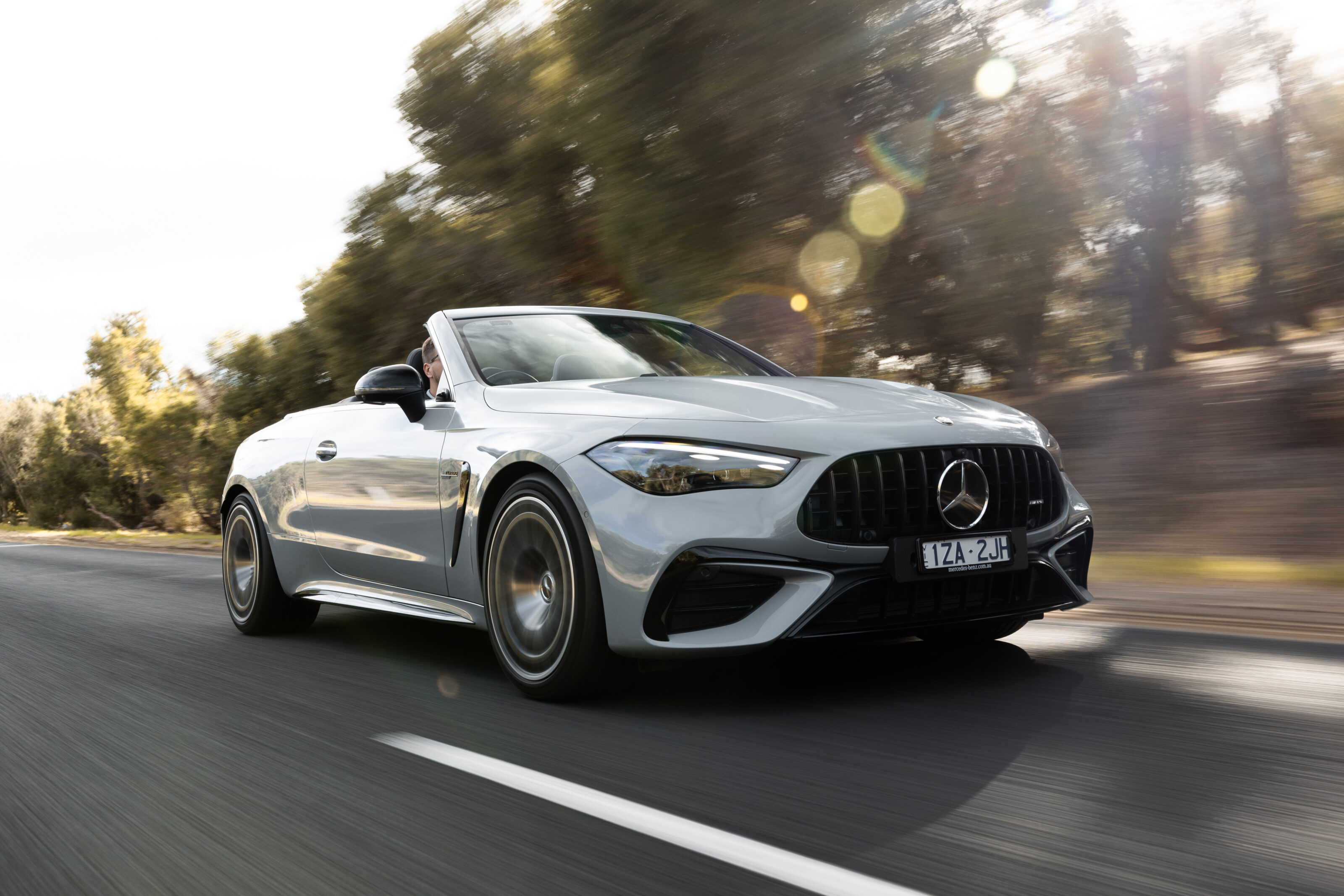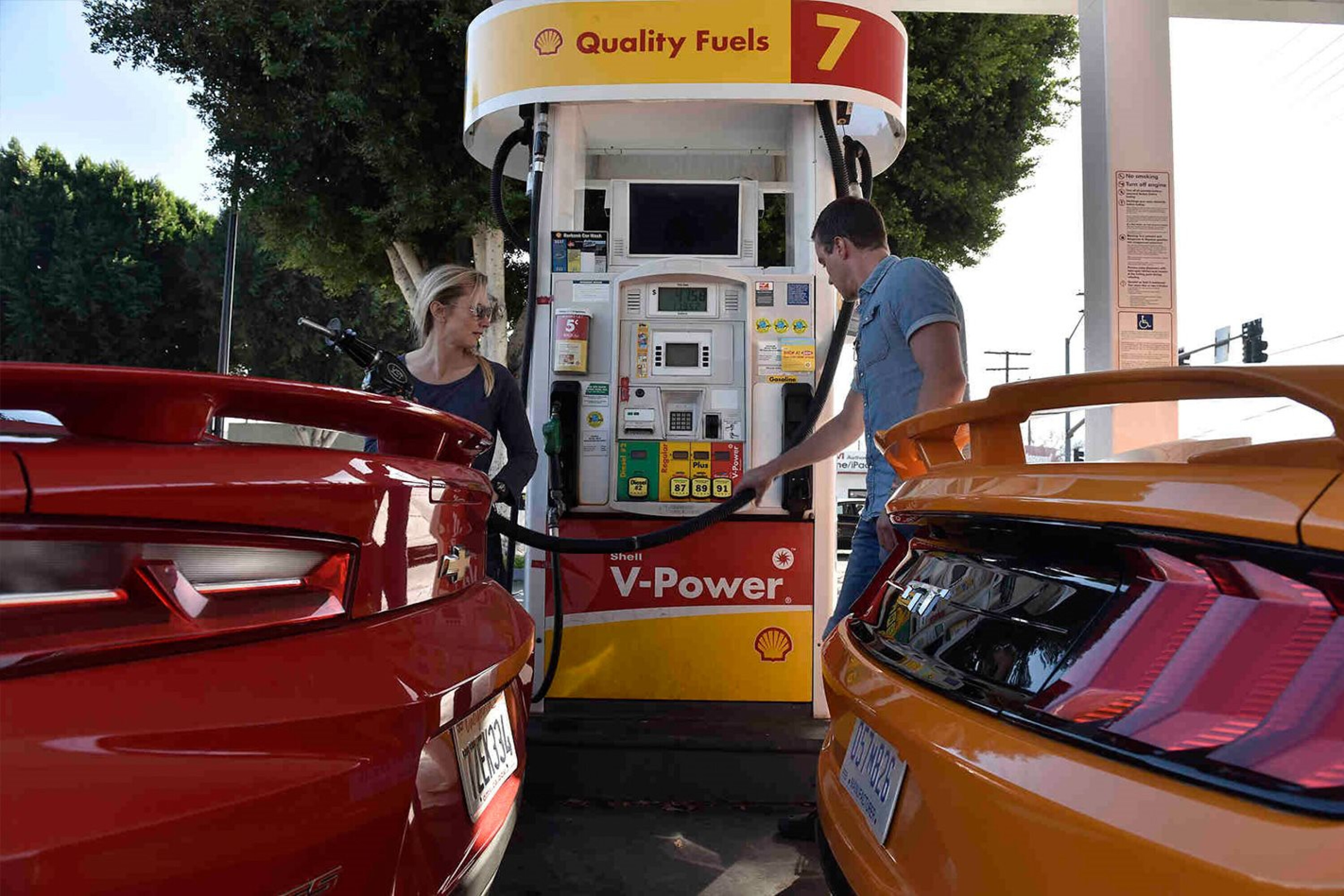
Snapshot
- New independent data shows some popular cars use up to 20% more fuel than claimed
- However other models actually beat their official fuel consumption claim
- Four of 13 cars tested far exceeded regulated limits for carbon emissions
Here’s some news that will shock no one: cars aren’t as efficient in the real world as their laboratory-tested fuel figures claim.
Fresh independent data from the Australian Automobile Association (AAA) shows that popular vehicles like the MG3 and BMW X3 actually consume up to 20 per cent more fuel in real-world conditions, while others far exceed Australia’s regulatory limits for oxide of nitrogen (NOx) or carbon monoxide emissions.
The MG3 was the worst offender when it came to carbon emissions, with its real-world test result being 85 per cent higher than the regulated lab test limit.
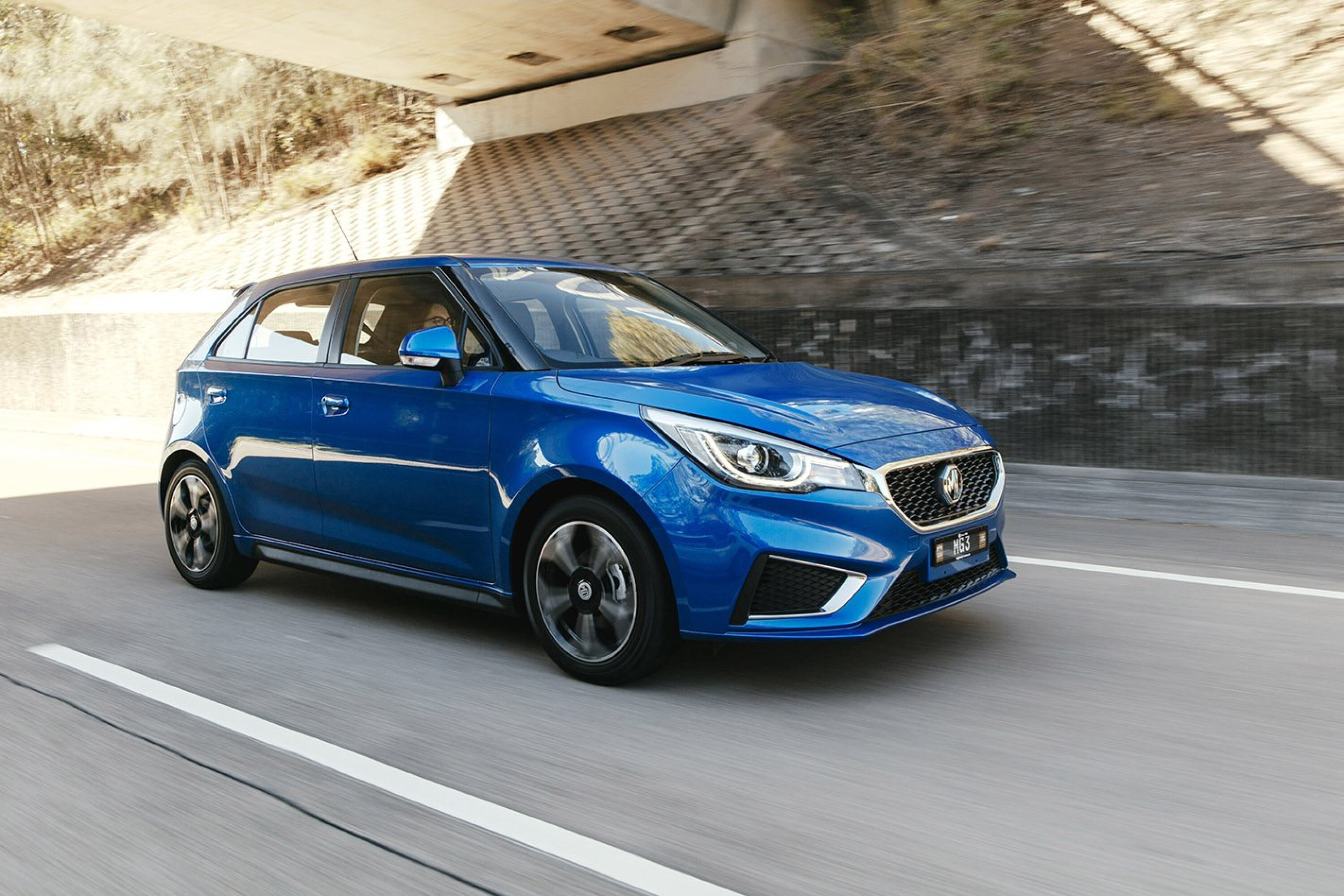
However, in good news for cash-conscious Aussie motorists, the AAA’s testing also found that some popular vehicles, like the Kia Carnival, are actually more efficient than their lab-tested fuel figures claim.
Over a strictly monitored 93km testing loop near Geelong, the diesel-powered Kia Carnival beat its official consumption claim by seven per cent.
The same test also found the Kia performed poorly for NOx emissions, though, with the people mover also exceeding the Australian regulatory limit.
This new data comes from the second round of the AAA’s $14 million real-world efficiency exercise which is designed to inform consumers about the difference between a vehicles’s official consumption claims and what they can actually expect to achieve during normal driving.
The AAA tested 13 vehicles in its second round, with the field comprising a mix of passenger cars, small and large SUVs, and people movers.
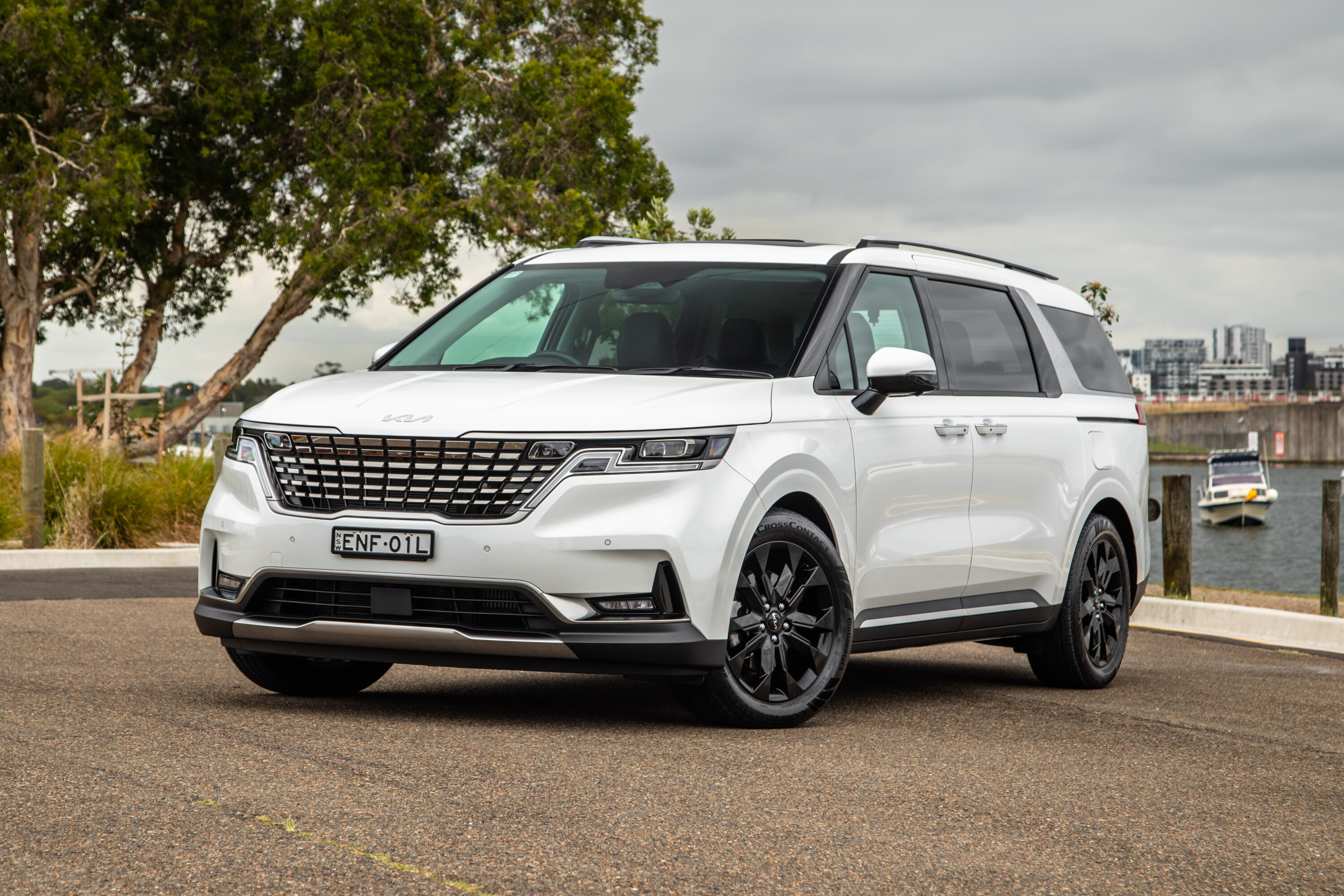
Five of the 13 vehicles recorded real-world fuel figures that were worse than their lab-tested claims by between nine and 20 percent, while four exceeded acceptable limits for carbon emissions.
The worst offenders for fuel efficiency were the BMW X3 (+20%), MG 3 (+19%), Audi Q5 (+17%), Toyota Yaris Cross (+12%) and the Volvo XC40 (+9%).
Happily the majority of the field fared better, with seven of the cars delivering fuel figures within five per cent of their official claims. See our table below for the full results.
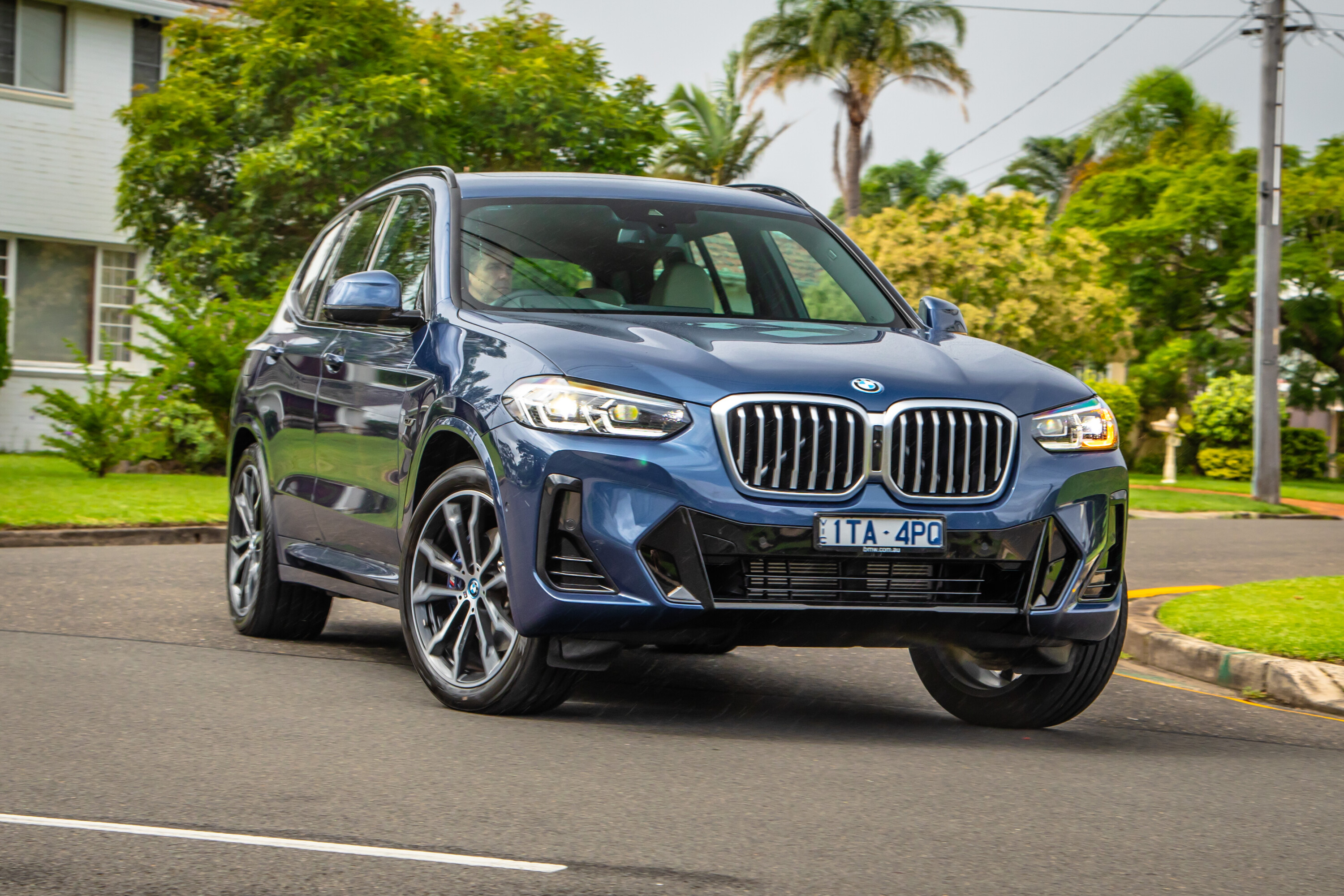
The AAA’s testing complies with European Union legislation and is carefully designed to produce accurate and repeatable consumption data that minimises the influence of human factors like driving style and different traffic levels.
The ongoing program with conduct testing over a four year period and plans to test 200 vehicles from a wide range of segments, including electric cars.
| Fuel efficiency results | |||
|---|---|---|---|
| Model | Real-world result | Mandated lab result | Variance |
| Audi Q5 | 5.6L/100m | 4.8L/100km | 17% |
| BMW X3 | 8.9L/100km | 7.4L/100km | 20% |
| Hyundai i30 | 7.5L/100km | 7.4L/100km | 1% |
| Hyundai Staria | 8.3L/100km | 8.2L/100km | 1% |
| Kia Carnival | 6.0L/100km | 6.5L/100km | -7% |
| Kia Sportage | 6.6L/100km | 6.3L/100km | 5% |
| MG3 | 7.9L/100km | 6.7L/100km | 19% |
| MG HS | 7.4L/100km | 7.3L/100km | 1% |
| Mitsubishi Eclipse Cross | 7.6L/100km | 7.3L/100km | 3% |
| Mitsubishi Outlander | 7.9L/100km | 7,6L/100km | 4% |
| Toyota Camry | 6.7L/100km | 6.8L/100km | -1% |
| Toyota Yaris Cross hybrid | 4.3L/100km | 3.8L/100km | 12% |
| Volvo XC40 | 7.6L/100km | 6.9L/100km | 9% |


